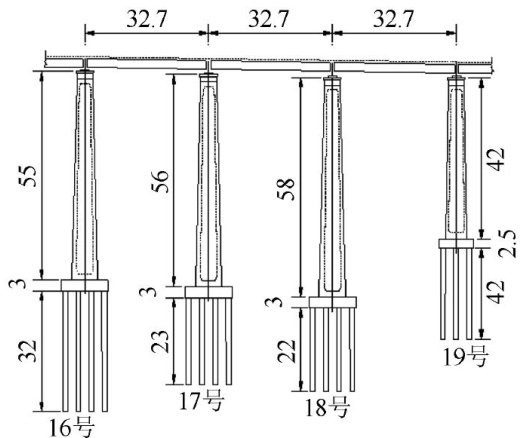铁路自复位桥墩墩顶位移控制方法研究


打开文本图片集
中图分类号:U442.59 文献标志码:A 文章编号:1000-0844(2025)05—1102—07
Abstract: To address excessive displacement at the top of self-centering railway bridge piers during nearfault earthquakes,this study introduces three control methods: enlarging the spread foundation dimensions,adding prestressed steel bars,and integrating energy-dissipating steel bars. Taking the 18♯ pier from a self-centering railway bridge design as a practical example,an analytical model was developed based on the OpenSees platform. Nonlinear time-history analysis was performed using seven nearfault ground motion records to assess the control efficacy of the three methods on pier-top displacement. The results demonstrate that all three methods effectively control displacement,with the scheme of energy-dissipating steel bars exhibiting the most pronounced mitigation effect,followed by the enlarged foundation scheme. However,the prestressed steel bars exhibit relatively lower effectiveness in displacement control. Notably,all methods increase the seismic bending moment at the pier base while achieving displacement control at the pier top.
Keywords: railway; self-centering pier; prestressed steel bar; energy-dissipating steel bar; piertop displacement
0 引言
目前世界各国现行的桥梁抗震设计方法主要是延性抗震设计方法[1-4]。(剩余10950字)